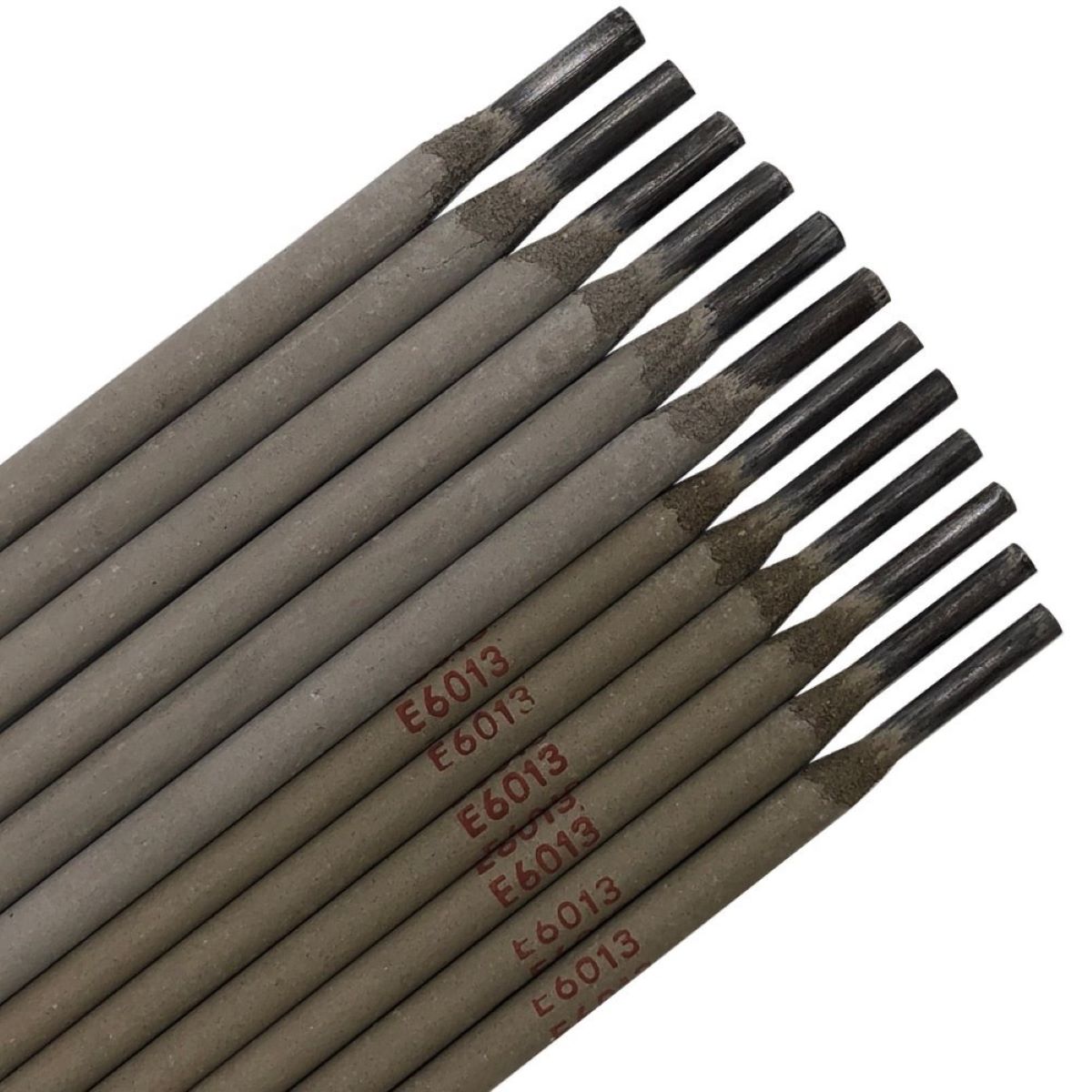

Articles
How To Store Welding Rods
Modified: January 6, 2024
Learn the proper techniques and tips for storing welding rods to ensure their longevity and optimal performance. Read our informative articles today!
(Many of the links in this article redirect to a specific reviewed product. Your purchase of these products through affiliate links helps to generate commission for Storables.com, at no extra cost. Learn more)
Introduction
Proper storage of welding rods is essential to maintain their quality and effectiveness. Welding rods are crucial tools in various metal fabrication processes, and their performance can be compromised if they are not stored correctly. In this article, we will provide you with valuable insights and tips on how to store welding rods effectively.
Welding rods, also known as welding electrodes, are consumable electrodes that conduct the electric current needed in the welding process. They come in various types, including stick electrodes, TIG rods, and MIG wire, each designed for specific welding applications and materials.
Improper storage of welding rods can lead to moisture absorption, oxidation, and contamination, resulting in reduced welding performance and weaker welds. By following the proper storage guidelines, you can extend the shelf life of your welding rods and ensure optimal welding results.
To store your welding rods effectively, it is essential to understand the factors that can affect their quality, choose the right storage containers, maintain regular inspections, and handle and transport them with care. Let’s dive deeper into each aspect to ensure your welding rods stay in top condition for your next welding project.
Key Takeaways:
- Proper storage of welding rods is crucial to maintain their quality and effectiveness. By following the guidelines and tips outlined in this article, you can ensure that your welding rods remain in optimal condition for your welding projects.
- Understanding the different types of welding rods and their characteristics is the first step in effective storage. Creating the right storage conditions, choosing the right storage containers, and regular maintenance are essential for preserving the quality of your welding rods.
Read more: How To Store A Fishing Rod
Understanding Welding Rods
Before delving into the proper storage of welding rods, it is crucial to have a basic understanding of the different types of welding rods and their characteristics.
Welding rods are composed of a metal core wire coated with flux. The flux serves multiple purposes, including protecting the molten weld metal from atmospheric contamination, providing shielding gas, and facilitating the formation of a sound weld.
The most commonly used welding rods are stick electrodes, which consist of a metal core wire and a flux coating. These electrodes are compatible with various welding processes, such as shielded metal arc welding (SMAW), flux-cored arc welding (FCAW), and submerged arc welding (SAW).
TIG rods, also known as tungsten electrodes, are used in gas tungsten arc welding (GTAW) or TIG welding. They are made of non-consumable tungsten and do not have a flux coating.
MIG wire, on the other hand, is used in gas metal arc welding (GMAW) or MIG welding. Unlike stick electrodes and TIG rods, MIG wire is continuously fed from a spool and does not require a separate flux coating.
Each type of welding rod has specific properties and applications. For example, stick electrodes are versatile and can be used for welding various metals, including carbon steel, stainless steel, and cast iron. TIG rods, on the other hand, are primarily used for welding non-ferrous metals, such as aluminum and magnesium.
Understanding the characteristics of different welding rods will help you make informed decisions regarding their storage and handling. It is essential to consult the manufacturer’s specifications and recommendations for each type of welding rod to ensure optimal performance and longevity.
Now that we have a basic understanding of welding rods, let’s explore the proper storage conditions to maintain their quality and effectiveness.
Proper Storage Conditions for Welding Rods
To ensure the longevity and optimal performance of your welding rods, it is crucial to store them under the right conditions. Here are the key factors to consider:
Temperature and Humidity:
Welding rods should be stored in a dry and controlled environment to prevent moisture absorption. High humidity can cause the flux coating to absorb moisture, leading to porosity in the weld and decreased electrode performance. It is recommended to store welding rods in a temperature-controlled room with a humidity level below 70%.
Heat Exposure:
Avoid exposing welding rods to excessive heat, which can lead to degradation of the flux coating and affect their performance. Store them away from direct sunlight, radiators, or any other heat sources. Extreme heat can cause the flux coating to melt or become brittle, rendering the rods ineffective.
Read more: How To Weld Pipe Fence
Air Circulation:
Adequate air circulation is important to prevent the accumulation of moisture and condensation. Ensure that the storage area is well-ventilated and free from any leaks or sources of moisture, such as water pipes or leaky roofs. Good air circulation helps maintain the integrity of the flux coating and extends the shelf life of the welding rods.
Sealed Containers:
It is recommended to store welding rods in sealed containers to protect them from moisture, dust, and other contaminants. Use airtight plastic containers or metal canisters with tight-fitting lids. Make sure the containers are clean, dry, and free from any prior contaminants that could compromise the quality of the welding rods.
Separate Storage for Different Types of Rods:
If you are storing different types of welding rods, it is advisable to keep them separate to avoid cross-contamination. Different flux coatings may not be compatible with each other and can affect the performance of the rods. Label the containers or use separate storage areas to easily identify and access the specific welding rod you need.
Avoid Floor Contact:
Keep your welding rods off the floor to prevent them from absorbing moisture or getting contaminated. Use racks, shelves, or storage cabinets to elevate the welding rods and keep them in an organized manner. This also helps protect the flux coating from getting damaged or chipped, ensuring consistent performance.
By following these proper storage conditions, you can preserve the quality and effectiveness of your welding rods and achieve optimal welding results.
Read more: How To Store Fishing Rods In Garage
Choosing the Right Storage Containers
When it comes to storing welding rods, selecting the appropriate storage containers is crucial to ensure their protection and longevity. Here are some factors to consider when choosing the right containers:
Airtight and Moisture-Resistant:
Opt for containers that are airtight and moisture-resistant to prevent moisture absorption and oxidation of the welding rods. Plastic containers with tight-sealing lids or metal canisters with rubber gaskets are excellent choices. These will create a barrier that keeps out humidity and contaminants, maintaining the quality of the welding rods.
Durable and Impact-Resistant:
Welding rods can be delicate, and they need to be protected from accidental impacts or drops. Look for storage containers that are made of durable materials, such as high-density polyethylene (HDPE) or metal. These materials can withstand rough handling and provide adequate protection for your welding rods.
Size and Capacity:
Consider the size and capacity of the storage containers based on the quantity of welding rods you have and the available storage space. It’s essential to have containers that can comfortably accommodate your rods without overcrowding or bending them. Avoid overfilling the containers, as this can lead to damage or deformation of the welding rods.
Read more: How To Store Dipped Pretzel Rods
Transparency:
Choose storage containers that are transparent or have a clear window so that you can easily identify the type, diameter, and condition of the welding rods without opening the container. This will save you time and effort in searching for the specific rod you need for your welding project.
Portability:
If you often need to transport your welding rods to different job sites or locations, consider containers that are portable and have handles or carrying straps for convenience. Ensure that the containers have secure closures to prevent any accidental spills or damage during transportation.
Organizational Features:
Look for containers that offer organizational features such as dividers or compartments to keep the welding rods separated and in an organized manner. This makes it easier to access the specific rod you need when working on a welding project.
By choosing the right storage containers, you can protect your welding rods from moisture, impacts, and other potential damages, ensuring that they remain in optimal condition for your welding needs.
Arranging and Labeling Welding Rods
An organized storage system for welding rods not only ensures easy access but also helps maintain their quality and integrity. Follow these tips for arranging and labeling your welding rods effectively:
Read more: How To Store Fishing Rods In Car
Categorize by Type and Diameter:
Group your welding rods based on their type and diameter. This allows for quick identification and retrieval when you need a specific rod for your welding project. For example, separate stick electrodes from TIG rods and MIG wire, and further categorize them by their diameter sizes.
Use Storage Racks or Shelves:
Invest in storage racks or shelves specifically designed for holding welding rods. These racks usually have individual compartments or slots for each rod, keeping them neatly organized and preventing any tangling or damage. Arrange the rods vertically in the slots, so they are easily visible and accessible.
Label the Containers:
Ensure each storage container or compartment is labeled with the corresponding type and diameter of the welding rods it holds. Use clear and legible labels that withstand the storage conditions and remain visible over time. This will save you the hassle of searching through multiple containers when you need a specific rod.
Include Rod Information:
In addition to labeling the containers, consider including relevant information about the welding rods. This can include the brand or manufacturer, electrode classification, and recommended welding applications. This information can serve as a quick reference guide when selecting the appropriate rod for a specific welding task.
Read more: How To Weld Home Repairs
Utilize Color-Coding:
If you have a large assortment of welding rods, consider implementing a color-coding system. Assign a different color to each type or diameter of the rod and use colored labels or tags to mark the corresponding containers. This visual cue makes it even easier to identify and differentiate the rods quickly.
Regularly Update and Maintain:
Keep your labeling system up to date and maintained. Remove any empty or outdated containers from the storage area, and replace labels that have become faded or illegible. Regularly inspect the rods for any signs of damage or deterioration and replace them as needed.
By arranging your welding rods systematically and labeling them appropriately, you can ensure easy access, minimize the risk of confusion, and maintain the quality of your welding rods for optimal performance.
Regular Maintenance and Inspection of Welding Rods
Maintaining the quality and performance of your welding rods requires regular maintenance and inspection. By following these practices, you can identify any issues early on and take the necessary steps to ensure your rods remain in optimal condition:
Visual Inspection:
Regularly examine your welding rods for any signs of damage, such as bent or kinked electrodes, chipped or cracked flux coatings, or rust on the metal core. Ensure there are no visible defects that could compromise the integrity of the weld or cause welding issues.
Read more: How To Read A Welding Blueprint
Check for Moisture or Contamination:
Inspect the storage containers for moisture or signs of contamination. If you notice any moisture inside the containers or evidence of water damage on the rods, it is essential to dry them thoroughly before use. Contaminated rods can lead to weld defects and poor welding performance.
Verify Expiry Dates:
Check the expiration dates on your welding rods. Even though welding rods do not have a strict expiration date like food products, they may have a recommended shelf life. If a rod has exceeded its recommended shelf life, it may not provide optimal performance, and it is best to replace it with a fresh one.
Remove Damaged or Defective Rods:
If you come across any welding rods that are compromised or damaged during the inspection, remove them from your inventory. Using defective rods can lead to weld defects, reduced strength, and potentially unsafe welds. Replace them with new rods to ensure the quality and integrity of your welding work.
Maintain Proper Storage Conditions:
Regularly monitor the storage conditions of your welding rods. Ensure the temperature and humidity levels are within the recommended range. Check the seals on the containers for any signs of wear or damage, and replace them if necessary. Maintaining proper storage conditions will help preserve the quality of your rods.
Read also: 13 Superior Welding Blanket for 2025
Handle with Care:
When removing or handling welding rods, do so with care to prevent any accidental damage. Avoid dropping or mishandling the rods, as this can cause deformations or cracks in the flux coating. Gentle handling ensures that the rods remain in top shape and ready for use.
By conducting regular maintenance and inspections of your welding rods, you can address any potential issues before they affect your welding work. This proactive approach helps ensure the reliability and performance of your welding rods, enhancing the quality of your welds.
Handling and Transporting Welding Rods
Proper handling and transportation of welding rods are essential to maintain their integrity and prevent any damage or contamination. Following these guidelines will help ensure that your welding rods remain in optimal condition:
Wear Protective Gear:
When handling welding rods, always wear appropriate protective gear, such as welding gloves, safety glasses, and long-sleeved clothing. This protects your hands and body from sharp edges and potential burns.
Avoid Dropping:
Never drop or throw welding rods, as it can damage the flux coating or cause the rods to deform. Handle them with care and avoid any impact or rough handling. If a rod is dropped or damaged, inspect it carefully before use to assess if it is still suitable for welding.
Read more: How To Fix A Shower Rod
Prevent Contamination:
Keep welding rods away from any sources of contamination, including grease, oil, dirt, and moisture. Ensure your hands are clean and dry before handling the rods. Contamination can affect the quality of the weld and lead to weld defects.
Use Proper Storage Containers:
When transporting welding rods, use appropriate storage containers that offer adequate protection and prevent moisture absorption. Ensure the containers are sealed tightly to prevent any accidental spills or contamination during transportation.
Secure Containers:
Make sure the storage containers are securely fastened and will not open or tip over during transportation. If using a bag or backpack, ensure it has a secure closure mechanism, such as a zipper or fastening straps.
Cushion and Separate:
If transporting welding rods in a larger container, such as a toolbox or equipment case, provide cushioning material between the rods to prevent any movement or friction that could cause damage. Additionally, use dividers or compartments to keep the rods separate and avoid contact that could lead to scratching or chipping.
Read more: How To Put Up Welded Wire Fence
Consider Climate Conditions:
Take into account the climate conditions during transportation. Extreme heat, cold, or high humidity can affect the quality of the welding rods. If transporting rods in extreme conditions, consider using insulated containers or taking extra precautions to maintain the desired temperature and humidity levels.
Securely Fasten Lids:
Ensure that the lids or closures of the storage containers are securely fastened to prevent any accidental spills or exposure to external elements. This will help maintain the integrity of the rods during transportation.
By following these guidelines, you can safely handle and transport welding rods while minimizing the risk of damage, contamination, or other issues that could compromise their performance.
Common Mistakes to Avoid in Storing Welding Rods
Proper storage of welding rods is crucial to maintain their quality and effectiveness. Avoid these common mistakes to ensure your welding rods remain in optimal condition:
Exposing to Moisture:
One of the most significant mistakes is exposing welding rods to moisture. Moisture absorption can lead to porosity in the weld and decreased electrode performance. Ensure that your storage area is dry, and use sealed containers to protect the rods from humidity.
Improper Temperature Control:
Storing welding rods in an area with inconsistent or extreme temperatures can negatively impact their quality. Avoid storing them near heat sources or in areas with direct sunlight. Maintain a controlled temperature to prevent the flux coating from melting or becoming brittle.
Neglecting Regular Inspections:
Regular inspections of your welding rods are essential. Neglecting inspections can lead to using damaged or defective rods, resulting in weld defects and compromised performance. Inspect your rods for any signs of damage, moisture, or expiration, and replace them as necessary.
Using Contaminated Rods:
Using contaminated rods is a common mistake that can affect weld quality. Ensure that you handle the rods with clean hands and keep them away from grease, oil, and other contaminants. Contaminated rods can lead to poor welds and potential safety hazards.
Overcrowding Containers:
Avoid overcrowding storage containers with welding rods. Overfilling the containers can cause bending, deformation, or damage to the rods. Properly organize and arrange them, ensuring they have enough space to prevent any mishaps during storage and retrieval.
Ignoring Expiry Dates:
Not paying attention to the expiry dates or recommended shelf life of welding rods is a mistake. While welding rods may not have a strict expiration date, they do have a recommended shelf life. Using expired rods can result in poor weld quality and compromised performance. Always check the expiry dates and replace expired rods as needed.
Lack of Organization:
Poor organization can lead to confusion and inefficiency when accessing the welding rods. Not categorizing or labeling the rods can result in wasted time searching for the right type and diameter. Implement proper organization systems, such as categorizing, labeling, and using storage racks or shelves, to streamline access and retrieval.
Ignoring Safety Precautions:
Lastly, neglecting safety precautions is a significant mistake when storing welding rods. Always follow safety guidelines when handling, storing, and transporting welding rods to prevent accidents or injuries. Wear appropriate protective gear and handle the rods with care.
By avoiding these common mistakes, you can ensure the longevity and optimal performance of your welding rods, resulting in high-quality welds and successful welding projects.
Conclusion
Proper storage of welding rods is essential to maintain their quality and effectiveness. By following the guidelines and tips outlined in this article, you can ensure that your welding rods remain in optimal condition for your welding projects. Understanding the different types of welding rods and their characteristics is the first step in effective storage.
Creating the right storage conditions is crucial. Maintain a dry and controlled environment to prevent moisture absorption, and avoid exposing the rods to excessive heat. Using airtight and moisture-resistant storage containers protects the rods from contamination and oxidation. Separate storage for different types of rods and avoiding floor contact further ensure their quality is preserved.
Choosing the right storage containers is equally important. Opt for containers that are airtight, durable, and of the appropriate size and capacity. Transparency and organizational features can assist in easy identification and access to the welding rods.
Arranging and labeling the welding rods help maintain an organized storage system. Categorize the rods by type and diameter, and use storage racks or shelves for proper arrangement. Clearly label the containers with relevant information to quickly identify the rods you need.
Regular maintenance and inspection are necessary to identify any issues early on. Conduct visual inspections, check for moisture or contamination, and verify expiry dates. Remove any damaged or defective rods and adhere to proper storage conditions and handling techniques. Regularly maintaining and updating your storage system is essential for optimal performance.
Last but not least, avoiding common mistakes in storing welding rods is vital. Prevent exposing the rods to moisture, implement proper temperature control, and conduct regular inspections. Avoid using contaminated rods, overcrowding containers, and ignoring expiry dates. Organize your storage system and comply with safety precautions to ensure the longevity and success of your welding projects.
By implementing these best practices, you can extend the shelf life of your welding rods, ensure their optimal performance, and achieve high-quality welds. Properly stored and well-maintained welding rods will help you accomplish your welding projects with precision and efficiency.
Frequently Asked Questions about How To Store Welding Rods
Was this page helpful?
At Storables.com, we guarantee accurate and reliable information. Our content, validated by Expert Board Contributors, is crafted following stringent Editorial Policies. We're committed to providing you with well-researched, expert-backed insights for all your informational needs.
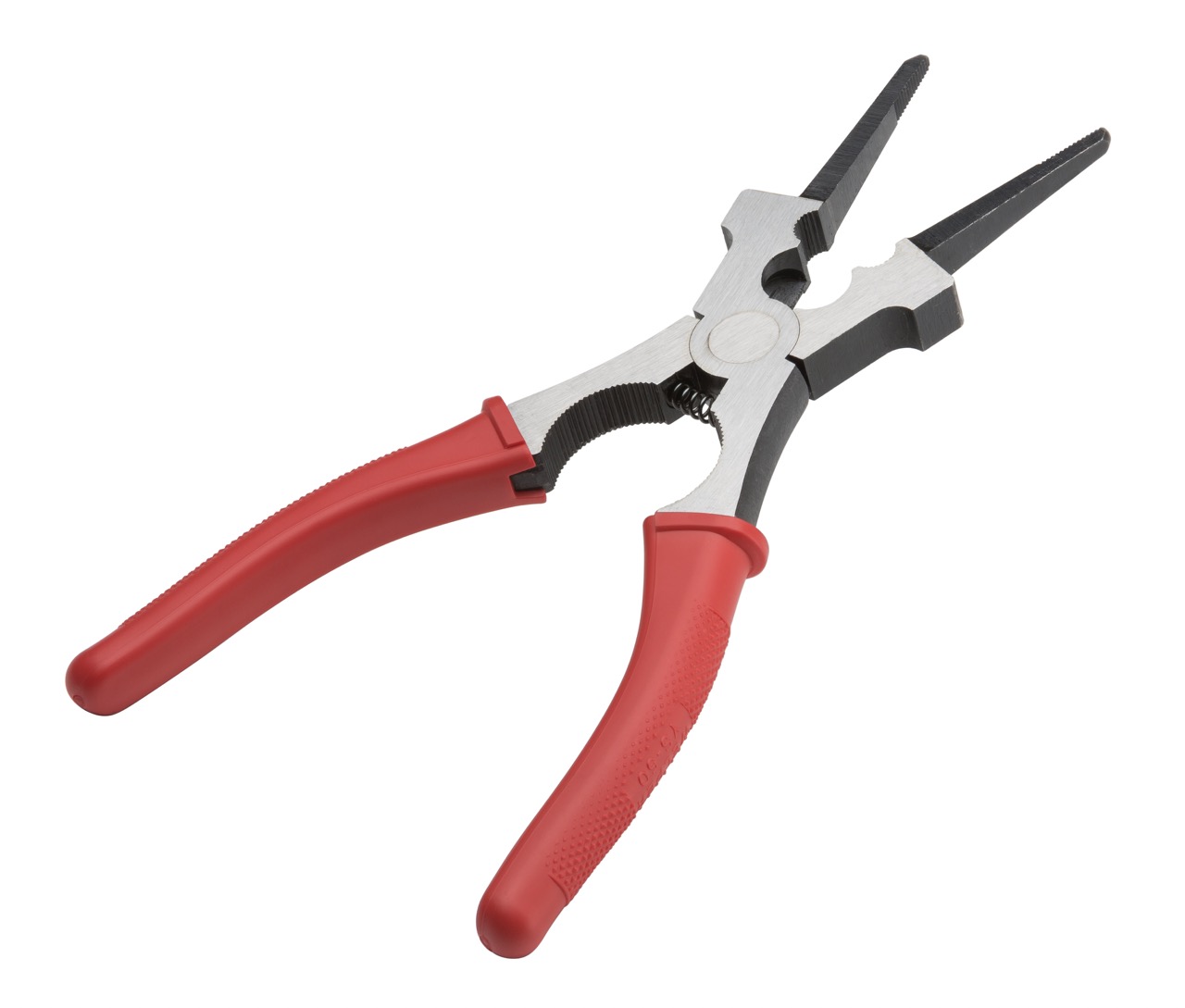
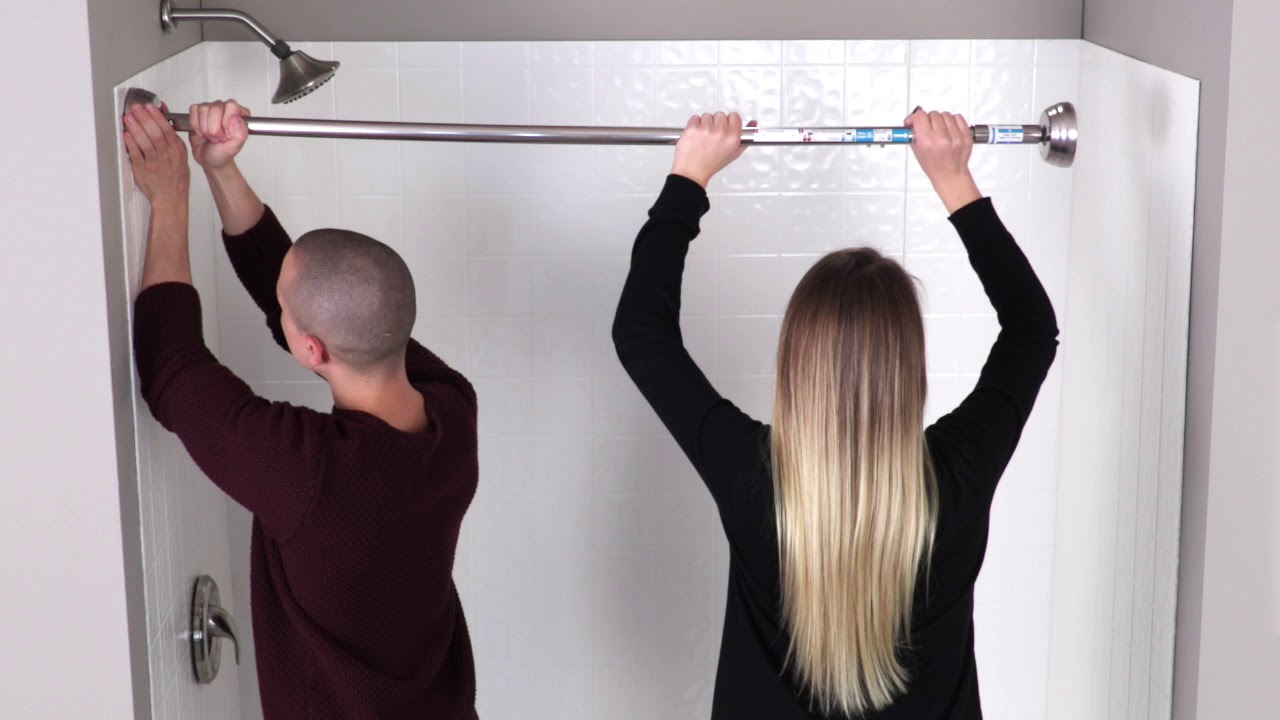
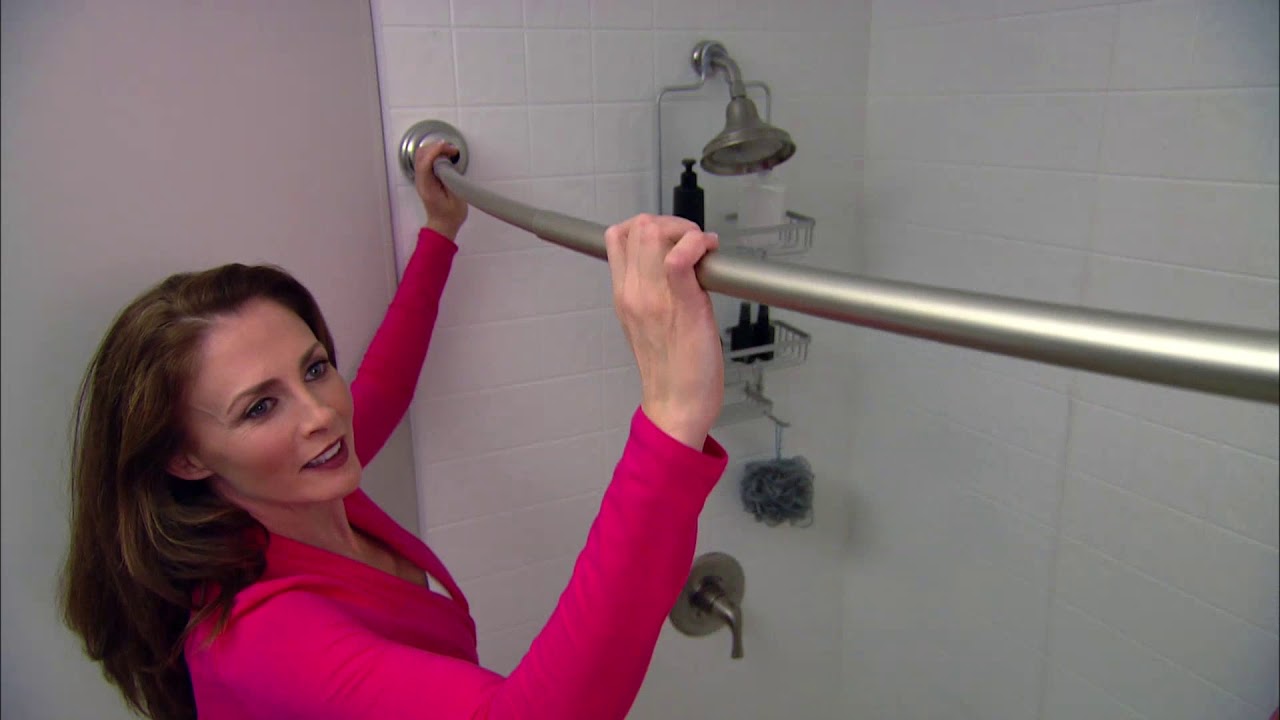
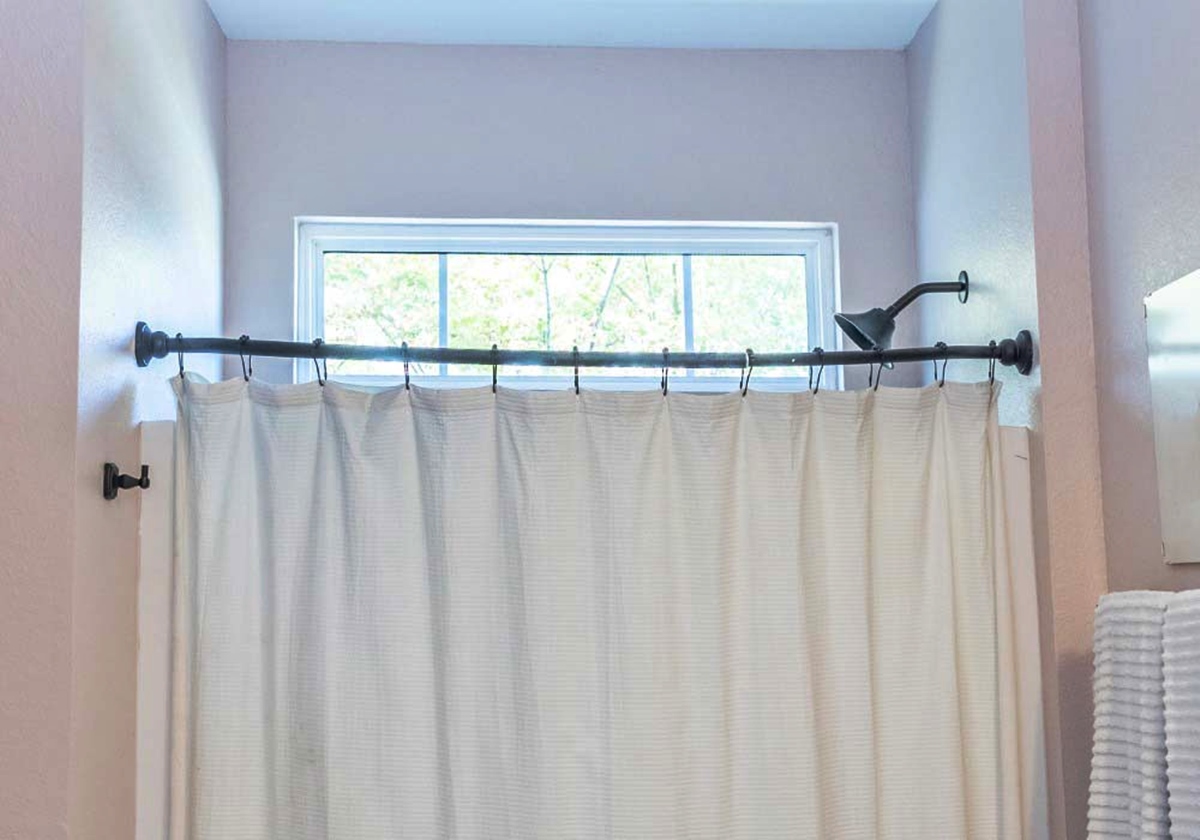

0 thoughts on “How To Store Welding Rods”